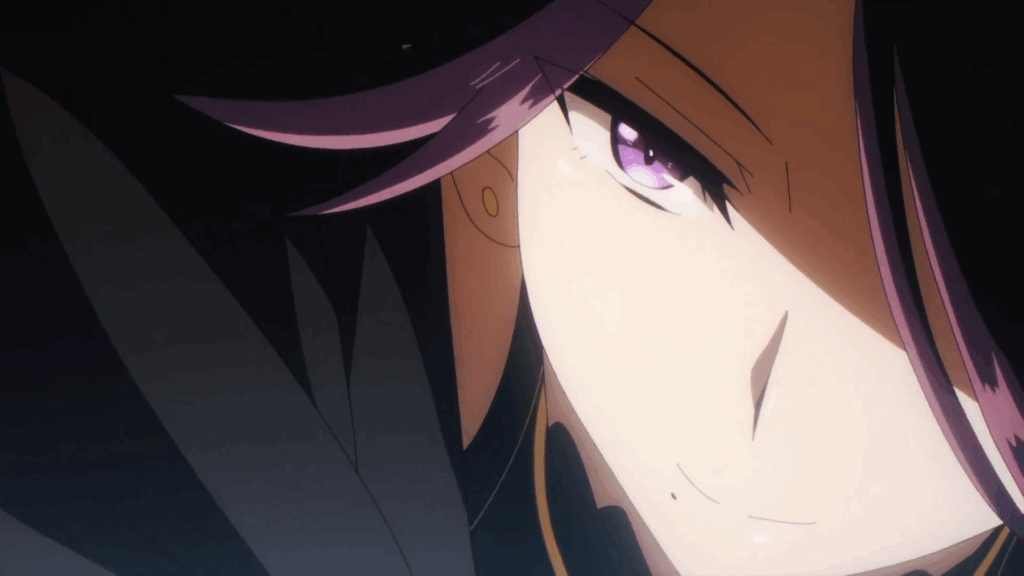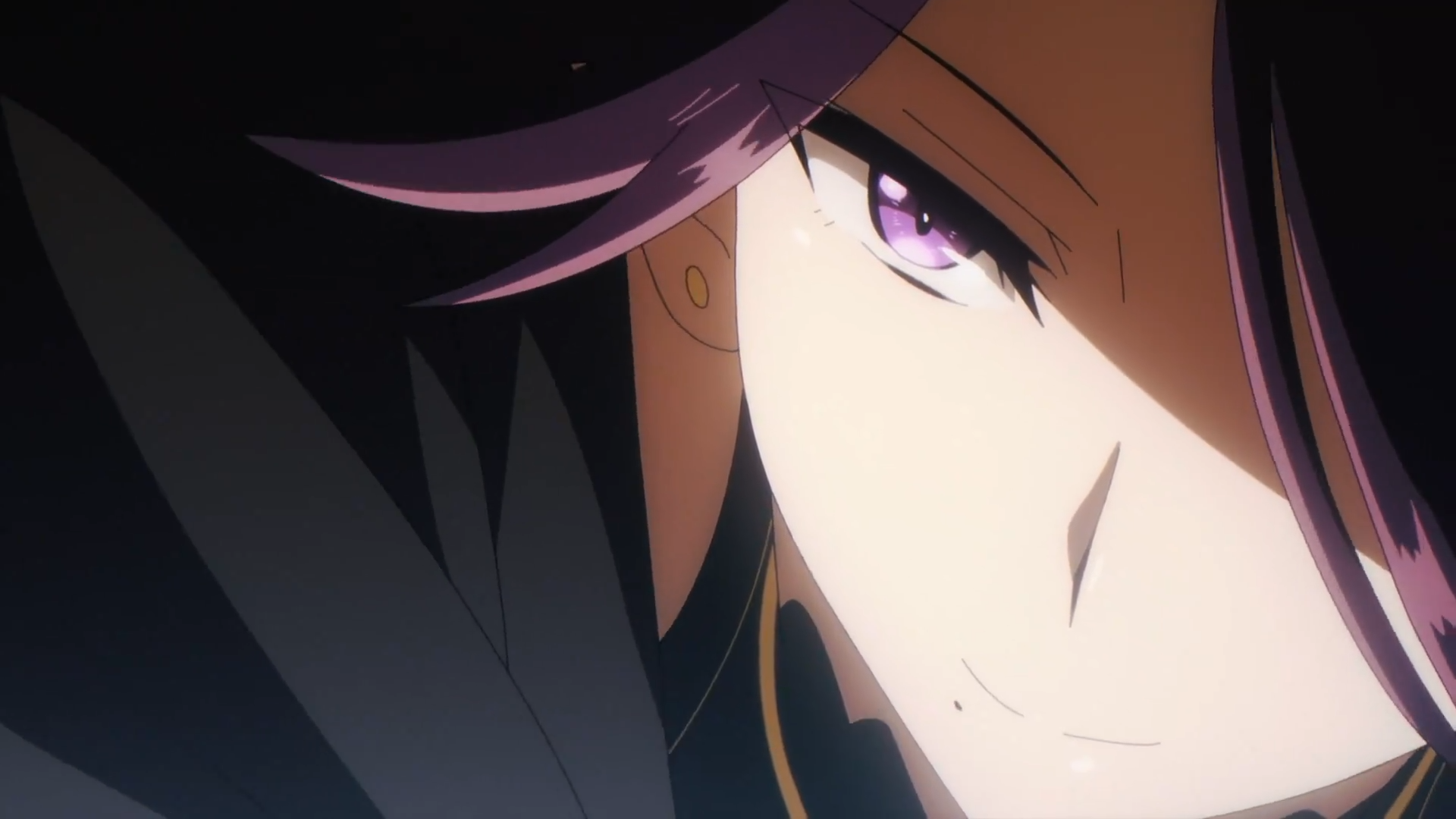
Shadows and Aurora: Unveiling the Mystical Dance of Light and Darkness
The world is a tapestry woven with threads of light and darkness, and few phenomena encapsulate this duality as profoundly as the interplay between shadows and the aurora borealis (or australis). While shadows represent the absence of light, a stark contrast defined by blocked illumination, the aurora is a breathtaking spectacle of light, a celestial ballet painted across the night sky. Exploring the synergy between shadows and aurora reveals not just the science behind these natural wonders, but also the profound aesthetic and emotional impact they have on observers.
Understanding Shadows: A Fundamental Absence
At their core, shadows are simple: areas where light is blocked by an object. The sharpness and intensity of a shadow depend on several factors, including the size and distance of the light source, the opacity of the object casting the shadow, and the surface onto which the shadow is projected. A small, distant light source creates sharper, more defined shadows, while a large, close light source produces softer, more diffuse ones. The concept of a shadow is fundamental to our understanding of light and perception, shaping our depth perception and visual interpretation of the world around us.
Shadows aren’t merely voids of light; they can also be sources of intrigue and artistic inspiration. Photographers and painters have long used shadows to create depth, highlight textures, and evoke specific moods. The strategic placement of shadows can transform an ordinary scene into something dramatic and captivating. In literature and film, shadows often symbolize the unknown, the hidden, or the darker aspects of human nature. The symbolism of the shadow continues to fascinate and inspire.
The Aurora: A Symphony of Celestial Light
In stark contrast to the absence of light that defines shadows, the aurora, often called the Northern Lights (borealis) or Southern Lights (australis), is a luminous display in the sky, primarily seen in the high-latitude regions (around the Arctic and Antarctic). Auroras are the result of collisions between gaseous particles in the Earth’s atmosphere with charged particles released from the sun. Variations in color are due to the type of gas particle that is colliding. The most common color, green, is produced by oxygen. Red auroras are produced by high-altitude oxygen, and blue and purple auroras are produced by nitrogen.
The intensity and frequency of auroras are influenced by solar activity. During periods of increased solar flares and coronal mass ejections, the Earth experiences geomagnetic storms, which can trigger more frequent and vibrant auroral displays. These geomagnetic storms are monitored closely by space weather agencies, allowing scientists to predict when and where auroras are likely to be visible. Chasing the aurora is a popular activity for photographers and nature enthusiasts alike.
The Interplay of Shadows and Aurora: A Visual Paradox
While seemingly disparate, shadows and aurora can interact in fascinating ways. Imagine a landscape blanketed in snow under the dancing lights of the aurora. The undulating curtains of green, pink, and purple cast ethereal shadows across the pristine white surface, creating a surreal and breathtaking scene. The aurora illuminates the landscape, but also defines the absence of light, creating a unique visual dynamic.
The presence of shadows enhances the auroral display by providing contrast and depth. The dark silhouettes of trees or mountains against the vibrant backdrop of the aurora create a sense of scale and perspective. The shadows emphasize the luminosity of the aurora, making the colors appear even more intense and vibrant. This interplay is especially striking in areas with dramatic topography or dense forests.
The Emotional and Cultural Significance
Both shadows and aurora have profound emotional and cultural significance. Shadows, often associated with mystery, fear, or the unknown, can evoke a sense of unease or introspection. In many cultures, shadows are seen as symbols of the subconscious mind or the hidden aspects of the self. The fear of the dark, deeply ingrained in human psychology, is often linked to the uncertainty and potential dangers that lurk in the shadows.
Conversely, the aurora has been revered and celebrated by cultures living in high-latitude regions for centuries. In Inuit mythology, the aurora is believed to be the spirits of the dead playing ball in the sky. In Scandinavian folklore, the aurora is associated with good fortune and fertility. The aurora’s beauty inspires awe and wonder, connecting people to the natural world and fostering a sense of humility. The experience of witnessing the aurora is often described as transformative and spiritual.
Capturing the Dance: Photography and Art
The visual contrast between shadows and aurora makes them compelling subjects for photography and art. Capturing the aurora requires specialized equipment and techniques, including a wide-angle lens, a fast aperture, and a sturdy tripod. Photographers often use long exposure times to capture the faint light of the aurora, resulting in images that reveal the intricate details and vibrant colors of the display.
Incorporating shadows into aurora photography can enhance the composition and create a more dramatic effect. Silhouetted foreground elements, such as trees, mountains, or buildings, can provide a sense of scale and perspective, while also emphasizing the luminosity of the aurora. The interplay of light and darkness creates a visually striking image that captures the essence of the aurora’s beauty.
The Science Behind the Spectacle: A Deeper Dive
Understanding the science behind both shadows and aurora provides a deeper appreciation for these natural phenomena. The formation of shadows is governed by the principles of geometric optics, which explain how light travels in straight lines and is blocked by opaque objects. The shape and intensity of a shadow can be predicted using basic geometric principles, making shadows a valuable tool for studying light and its interactions with matter.
The aurora is a more complex phenomenon, involving interactions between the sun, the Earth’s magnetic field, and the atmosphere. Charged particles from the sun are guided along the Earth’s magnetic field lines towards the polar regions, where they collide with atmospheric gases. These collisions excite the gas molecules, causing them to emit light at specific wavelengths, resulting in the vibrant colors of the aurora. The study of the aurora provides valuable insights into the dynamics of the Earth’s magnetosphere and the impact of solar activity on our planet.
Future Research and Exploration
Ongoing research continues to unravel the mysteries of both shadows and aurora. Scientists are developing new techniques for studying shadows, including using advanced imaging technologies to create three-dimensional models of shadow patterns. These models can be used to analyze the shape and texture of objects, as well as to study the behavior of light in complex environments.
Research on the aurora is focused on understanding the complex interactions between the sun and the Earth’s magnetosphere. Spacecraft missions, such as NASA’s Van Allen Probes, are providing valuable data on the charged particles and magnetic fields that drive the aurora. These data are helping scientists to develop more accurate models of the aurora and to predict the impact of solar activity on our planet’s space environment.
Conclusion: Embracing the Duality
The relationship between shadows and aurora is a testament to the beauty and complexity of the natural world. While shadows represent the absence of light, the aurora is a dazzling display of celestial illumination. Together, they embody the fundamental duality of light and darkness that shapes our perception of the world. By understanding the science and appreciating the aesthetic beauty of these phenomena, we can gain a deeper understanding of our place in the universe. The dance of shadows and aurora will continue to captivate and inspire generations to come, reminding us of the wonders that await those who take the time to look up and observe the world around them. The profound interaction of light and shadows and aurora is truly a spectacle to behold.
[See also: Understanding Aurora Forecasts]
[See also: The Science Behind Light and Shadow]
[See also: Astrophotography Techniques for Beginners]

